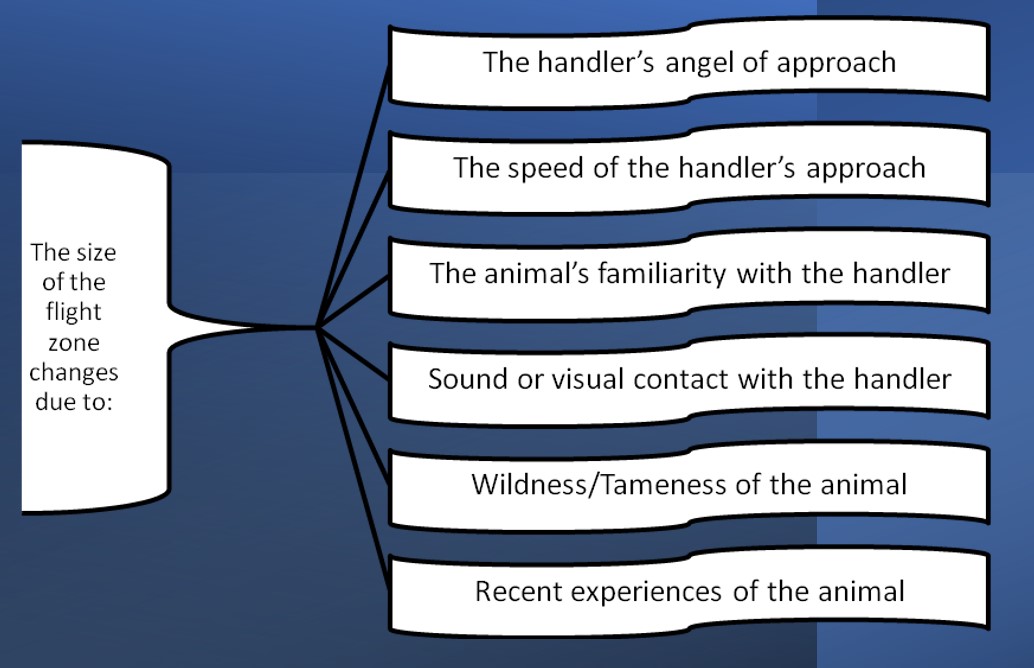Abortion in dairy cattle is commonly defined as a loss of the foetus between the age of 42 days and approximately 260 days. Pregnancies lost before 42 days are usually referred to as early embryonic deaths, whereas a calf that is born dead between 260 days and full-term is defined as a stillbirth. A low rate of abortions is usually observed on farms and 3 to 5 abortions per 100 pregnancies per year is often considered "normal." However, the loss of any pregnancy can represent a significant loss of (potential) income to the producer and appropriate action should therefore be taken to prevent abortions and to investigate the cause of abortions that may occur.
Common Causes of Abortion
While infectious agents are perhaps the most frequently thought of cause of bovine abortion, there are other factors which may cause a proportion of pregnancies to terminate with an abortion.
Genetic abnormalities in the foetus that may result in abortion are not very frequently diagnosed, and these usually occur as an individual cow problem rather than as a herd outbreak. These abnormalities, which may not cause a change in the outward appearance of the foetus, may result in abortion because of the growing foetus's inability to develop properly in the uterus. Genetic abnormalities may also cause obvious physical changes in the foetus, just as other infectious agents may (see below).
Heat stress can affect reproductive performance in a dairy herd, although it will generally cause conception problems rather than abortions. While there is some evidence to suggest that a very sudden increase in environmental temperature may result in abortions, there is little evidence to support heat stress as a common cause of abortions. Similarly, on rare occasions, a cow that develops a very high fever due to an infection may abort her foetus.
Toxic agents may also cause abortions or early embryonic deaths. Cattle are susceptible to fertilizer nitrites and nitrates or the nitrates found in plants under certain conditions (e.g. drought-stress). If a cow is exposed to sufficiently high levels of nitrates/nitrites (~.55 % or greater nitrate in forage), abortions may occur, especially in late gestation.
Some experimental studies have shown that mycotoxins such as zearalenone in very high levels can cause abortions in cattle, although these levels are not normally found in "naturally contaminated" feedstuffs. Likewise, the only reports of abortions associated with aflatoxin appear to be situations where the health of the cow was also severely compromised by the toxin.
Ergot alkaloids are toxins produced by the Claviceps fungus, which grows in the seeds of various grasses and small grains such as fescue, bromegrass, wheat, oat and rye. These toxins have been associated with abortions in dairy cattle as well as other health problems.
Although the cause of many abortions is never determined, infectious agents represent the most commonly diagnosed cause of abortions in many laboratories.
To understand how to enable dairy cattle to move or stop moving, we have to understand the following first:
The Flight Zone
This is the area or space surrounding the animal or group of animals. When a person enters this zone, the animal will move away until it feels safe. If the person retreats, the animal usually stops moving away.
Different animals have different flight zones. Tame animals have a much smaller flight zone than wild animals.

Abortion is the expulsion of a non-viable foetus before the normal term of pregnancy. Abortion of an implanted foetus occurs in 3 to 5% of pregnancies. The major causes of abortion are:
- Insemination of a pregnant cow
- Physical injuries (rough handling of pregnant cows)
- Ingestion of feed containing toxins, mouldy feed, or feed with high levels of estrogen
- Microbial infections (venereal diseases and other infections)
All cases of abortion should be viewed as potentially serious situations and rigorous efforts should be made to arrive at diagnoses. Bacterial (brucellosis, leptospirosis, listeriosis and vibriosis, etc.), viral (BVD, IBR), protozoal (trichomoniasis) or fungal infections cause abortion between the fourth and seventh months of pregnancy.
Calving, or parturition, is defined as the birth of a calf followed by the expulsion of the afterbirth (placenta). In the normal birth position, the foetus rests on its abdomen with its forefeet directed toward the uterine opening (the cervix) and its head resting between the forefeet. Abnormal presentation of the calf occurs once in about 20 calvings (5%).